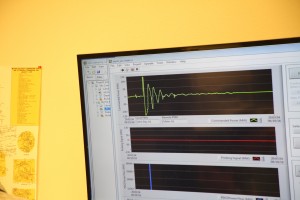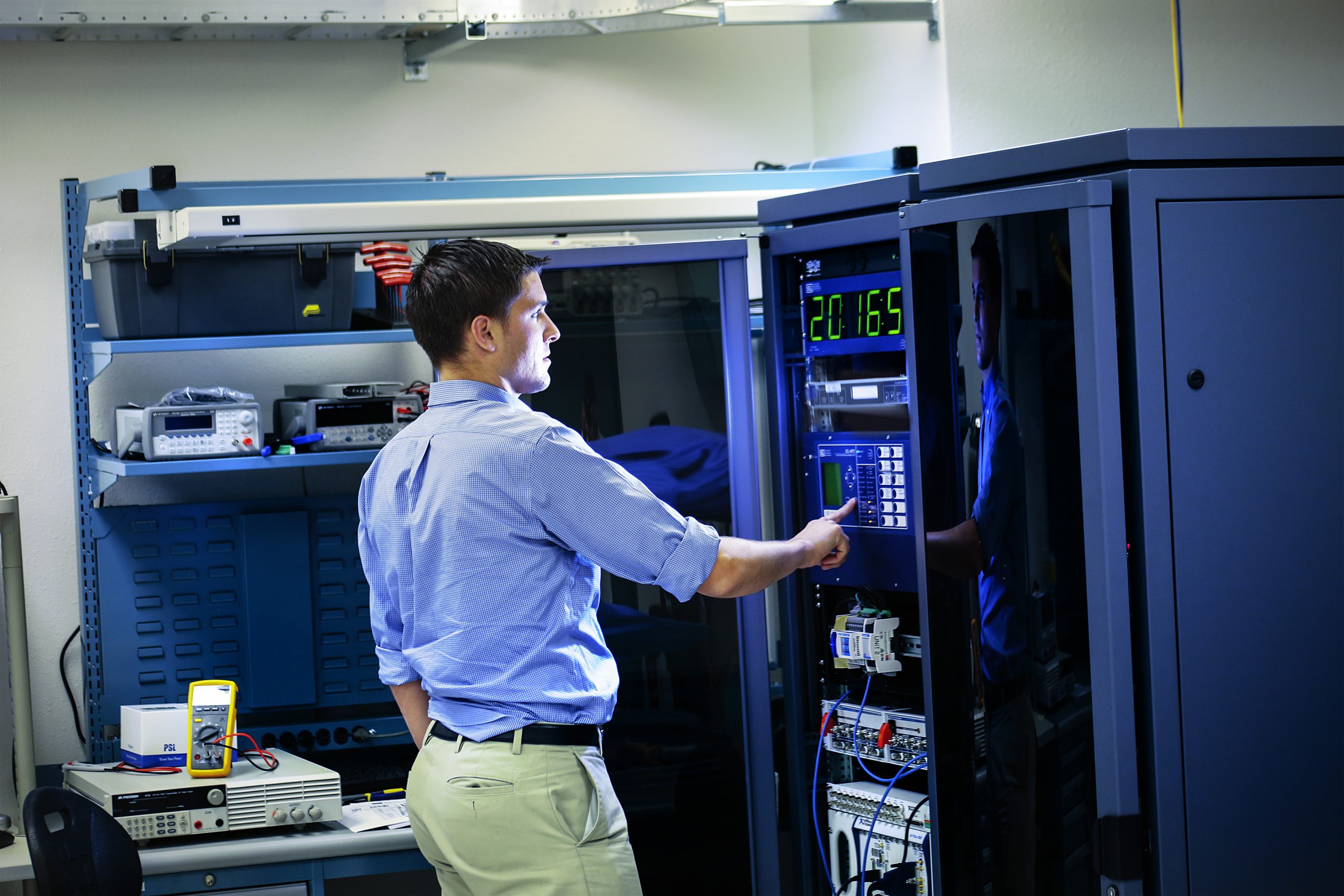Researchers at the Control and Optimization of Networked Energy Technologies (CONET) Laboratory conduct research, development, and testing on networked and distributed systems. Research at CONET is interwoven with cybersecurity objectives and focuses on: coordinated communications, controls and distributed systems, optimal dispatch, protection and reconfiguration, and prognostics and decision support.
In order to achieve its objectives, CONET focuses efforts in five basic areas, with significant hardware-in-the-loop (HIL) capabilities, all of which are cross-cut by electric grid security:
The CONET Lab has the ability to characterize and imitate multiple networks with devices which can emulate latencies, data drop outs, and data quality issues to determine the network effects on control systems, and other decision making tools. The CONET Lab can emulate, test, and analyze PMUs using streamed data from locations across the western and central U.S. CONET can conduct research in communication architectures that promote high quality of service and minimal latency. One example is the use of Information Centric Networking supplemented with IP based networks for low cost, high quality of service applications, including demand response and wide area controls.
The CONET Lab has developed multiple control system prototypes and algorithms, and has utilized PMUs for real-time control to improve grid efficiency, stability, and resiliency by controlling energy storage, wind turbines, PV systems, and high voltage DC. Several areas of improvements have been developed in the application of PMUs for wide area control feedback, including PMU data quality and network quality of service and the management and identification of problematic latencies.
The CONET Lab plays a valuable role in studying, modeling, developing and testing advanced communication-assisted protection schemes. Elements of a self-healing grid can be tested by advanced algorithms to determine optimal restoration plans. Protection associated with low impedance networked systems, such as microgrids and networked distribution feeders, are being developed.
The CONET Lab plays a valuable role in studying, modeling, developing and testing advanced communication-assisted protection schemes and comparing them against other advanced protection. Elements of a self-healing and adaptive grid can be tested by advanced algorithms to determine optimal restoration plans. Fast-trip protection devices are being developed, tested, and demonstrated with partners. Protection associated with low impedance networked systems, such as microgrids and networked distribution feeders, are being developed.
The CONET Lab is focused on the need to distill meaningful data from the massive influx of grid telemetry, especially the ability to use AI to harness the data to support real-time decision making, automated actions, and improve operational efficiency, reliability, or infrastructure planning. Using AI, the processed data can increase system observability, visibility into grid behavior, and situational awareness through state estimation tools, and prediction techniques that are resilient to missing measurements and outliers.




Learn more about Sandia’s Advanced Grid Modeling research.
Contact
Brian J. Pierre, Ph.D
Manager, Electric Power Systems Research Department
(505) 284-7955
bjpierr@sandia.gov
